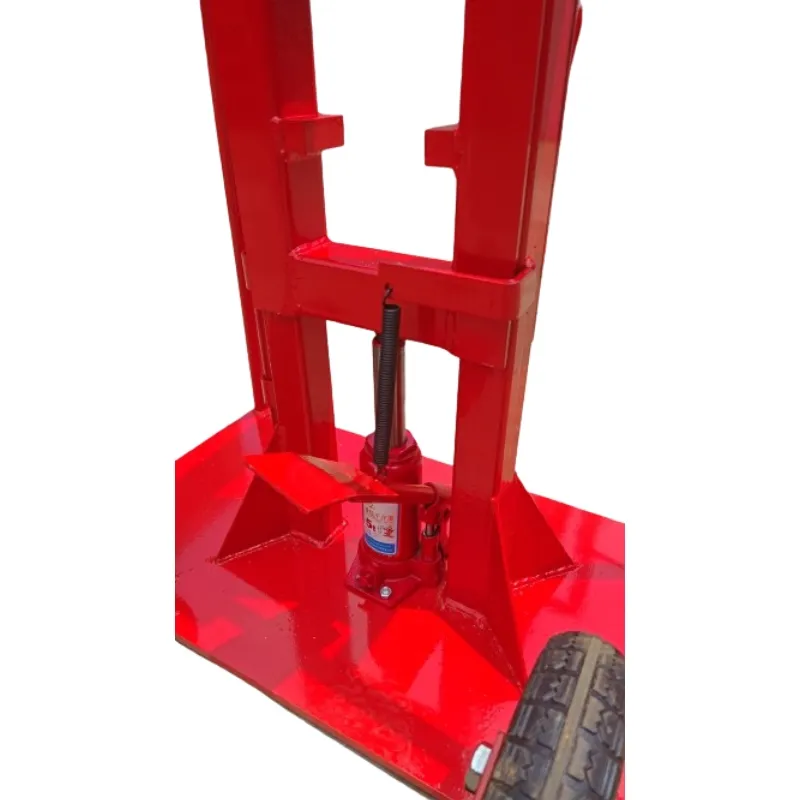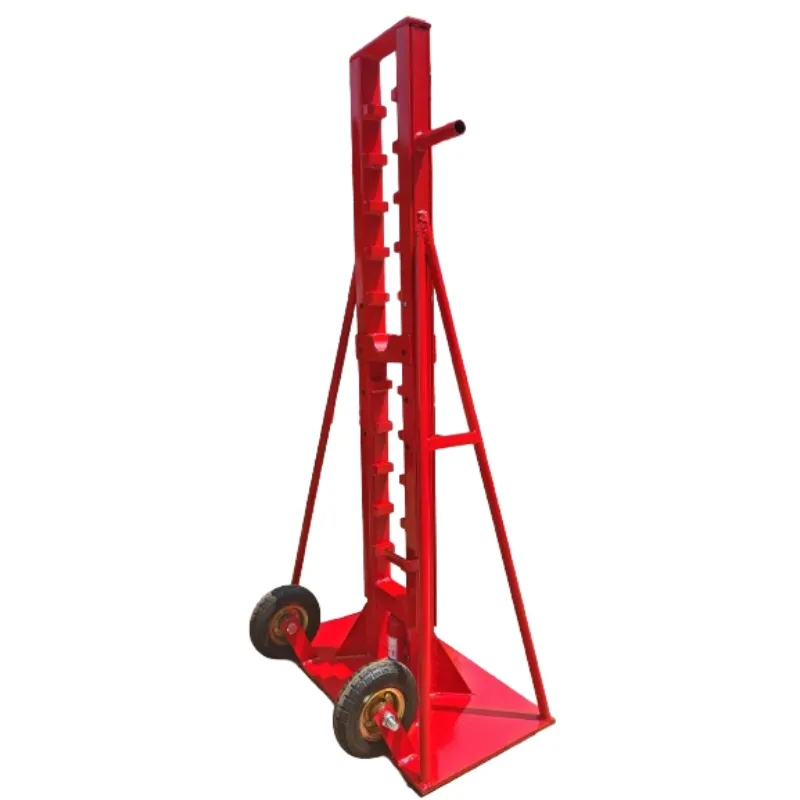


Oct . 24, 2025 14:40 Back to list
Cable Pulling Tools: Pro-Grade Winches, Rollers & Socks
Cable Drum Jacks: the quiet workhorse behind complex pulls
When crews talk about Cable Pulling Tools, they often mean the flashy winches or fiber blowers. But the unsung hero is the humble cable drum jack. Without a stable, lift-rated base to cradle a 2–10 ton drum, the smoothest pull can turn messy fast. I’ve watched teams lose hours because a drum wasn’t level or couldn’t freewheel. With stout jacks, though, cable pays out as if it wants to help you finish early.

What’s trending (and why it matters)
Industry demand is shifting toward higher-capacity, lower-maintenance jacks that pair with powered spindles. In fact, utilities are asking for proof-load certificates and corrosion testing more than ever. And for good reason—offshore wind, urban FTTH, and data center builds need consistent payout, not surprises.
Product snapshot: Cable Drum Jacks (Origin: China)
| Load rating | 5–20 t (≈ real-world max varies by drum width) |
| Spindle | Alloy steel, heat-treated, CNC-turned; optional ball-bearing collars |
| Base frames | Welded carbon steel (≈ Q235/A36), reinforced gussets |
| Max drum width | Up to 3.5 m (options to 4.0 m) |
| Operation | Manual screw jack or power-assisted raising (impact wrench compatible) |
| Surface finish | Powder coat + zinc hardware (salt-spray tested ≈ 240–480 h) |
| Compliance | CE (Machinery), ISO 12100 safety principles |

How they’re built: materials, methods, testing
- Materials: welded carbon steel frames; alloy-steel spindles; sealed bearings.
- Methods: MIG welding, stress relief, CNC machining, powder coating, torque verification.
- Testing: proof-load at 125% rated capacity; spindle hardness HRC 40–45; ISO 9227 salt spray; dimensional QC via calibrated gauges.
- Service life: around 8–10 years in mixed yard/site use (with routine grease and bolt checks).
- Standards referenced: ISO 12100, CE Machinery Directive 2006/42/EC; site safety per OSHA/EN best practices.

Where they shine
Power utilities, rail electrification, refinery turnarounds, metro tunnels, offshore wind export cables, and telecom backbones. Advantages? Stable payout, reduced cable torsion, and fewer stop–start events that can spike pulling tension. Many customers say downtime dropped simply because the drum stayed true and freewheeling.
Quick vendor comparison (real-world snapshots)
| Vendor | Capacity range | Finish | Lead time | Notes |
|---|---|---|---|---|
| Bilopowtel (China) | 5–20 t | Powder + zinc | ≈ 2–4 weeks | Custom spindle kits; attractive MOQ |
| Vendor A (EU) | 10–25 t | Hot-dip galvanize | ≈ 4–6 weeks | Premium price; heavy-duty frames |
| Vendor B (US) | 3–15 t | Painted | ≈ 1–3 weeks | Fast spares; lighter options |

Customization and feedback
- Options: extended bases for wide drums, anti-skid feet, scale-integrated spindle for payout tension estimates, ATEX-safe rollers (on request).
- Field notes: “Setup took 9 minutes; payout stayed smooth even at low back-tension,” one contractor told me. Another said corrosion resistance “held up through two monsoons,” which, frankly, surprised me.
Two quick case studies
Civil metro build (APAC): 132 kV feeder, 4.2 km. Pair of 15 t jacks, proof-loaded at 18.5 t. Result: 12% reduction in pull time vs prior phase; no drum wobble.
Wind farm export trench (EU): Salt-spray exposure; jacks with upgraded coating. After ≈ 420 h accelerated testing, no red rust; service continued without repaint.

How they fit into your Cable Pulling Tools kit
Pair jacks with a dynamometer, a brake/tensioner, and low-friction sheaves. Keep pull tension within ICEA/IEEE limits; log every change. Honestly, most payout hiccups trace back to uneven drum elevation—set your base once, check twice.
Compliance-wise, look for CE, factory proof-load reports, and documented QA. If you’re speccing new Cable Pulling Tools, ask for spindle hardness data and a corrosion test summary.
Selected references
- ISO 12100: Safety of machinery – General principles of design.
- ISO 9227: Corrosion tests in artificial atmospheres – Salt spray tests.
- Machinery Directive 2006/42/EC (CE marking requirements).
- IEEE 524: Guide to the Installation of Overhead Transmission Conductors.
- ICEA S-93-639 / NEMA WC74: Power cable installation limits and guidelines.
- OSHA 1926 Subpart H: Materials handling, rigging safety practices.
Latest news
Hydraulic Crimping Tool – Precision & Heavy-Duty Speed
NewsNov.05,2025
Cable Pulling Swivel | High-Strength, Anti-Twist, Stainless
NewsNov.04,2025
Cable Pulling Tools – Pro-Grade, Safe, Fast Install
NewsNov.03,2025
Hydraulic Crimping Tool – Fast, Precise, Quick-Change Dies
NewsNov.02,2025
Hydraulic Crimping Tool for Sale | Fast, Precise, Heavy-Duty
NewsNov.01,2025
Duct Rodder for Sale – Non-Conductive, Durable Fiberglass
NewsOct.31,2025









